
I brought this teabox today to my tea tasting thing in Quincy House. My girlfriend bought me this while I was in Beijing (yes, it seems like she buys all my tea addiction stuff). It ended up working rather well, with the gaiwan and cups fitting in one slot, and the fairness cup in the other. The smaller box then fits into the tea sea (the thing that holds water) and the cover then covers it all up.
We saw a few different ones in Beijing, but she ended up getting this one. Another one was different in design — three layers, with one on top of another. The problem with this particular one is that the tea sea becomes rather tall and I was always a little worried about the way the gaiwan was perched on top of the tea sea, but then again, it means it has enough space to fit all the stuff in. Otherwise, it might not be tall enough to fit a large gaiwan.
A total of… 8 people showed up, which was more than I expected (I thought maybe 4-5). I decided to do three teas, since more teas would mean an overdose of caffeine. I started off with a longjing, then moved on to the Fook Ming Tong qingxiang tieguanyin, and finally the Kung Fung Yung nongxiang tieguanyin. For water, I used Iceland Spring for the first two, and Volvic for the last. I would like to use Vittel, but of course, Vittel is almost impossible to find around here. They need a supplier.
The green turned out rather well, although slightly weak. I think I could’ve added a little bit more leaves, and for one or two of the infusions the water could’ve been a tad hotter. I was being too cautious, trying to avoid a bitter or rough tea. The longjing definitely had strong “cha chi” though, since I was breaking a little sweat as I was drinking this lukewarm tea. A good mingqian longjing’s power is unmistakable.
The first tieguanyin turned out to be what everyone enjoyed. We brewed it 5 times, and I know I could’ve gone at least one or two more. The Iceland Springs water I think enhances it a little, giving it a crisper taste and a little more sweetness that it wouldn’t have if I were just using regular water. Since I was brewing for others, I tried to be more patient/careful in how I make the tea, and I am rather pleased with how it turned out, especially the way different infusions each had a distinctive taste. I originally thought about bringing my pot over, but I decided it would be too small for anything more than 3 people, and I didn’t want to have different people drinking different infusions or mixing infusions, so I just used the big gaiwan I have. Oh well.
By the time we got to the last tea, everyone was comfortably buzzed by the caffeine. I had wanted to show the contrast between a light and heavy fire oolong, and the Kung Fung Yung tea serves that purpose rather well. Instead of adding a lot of leaves though, this particular tea needs to be brewed with at most 1/3 tea leaves. Anything more, and you can get a sour taste from it. I tried it with about 1/2 leaves before with a big sour aftertaste as a result — so not every heavy fire is the same. The reaction to the tea ranged from “this tastes kinda like coffee” to “tastes a little like straw”. I think because it is rather robust in flavour, it is a little harder to take, although among heavy fire ones it is already one that is more fragrant and less intense.
All in all, I think it was a success, especially compared to the last time when only a few people showed up, and all except one bowed out by the end of the second tea. Maybe it’s the longjing that kept them around :).


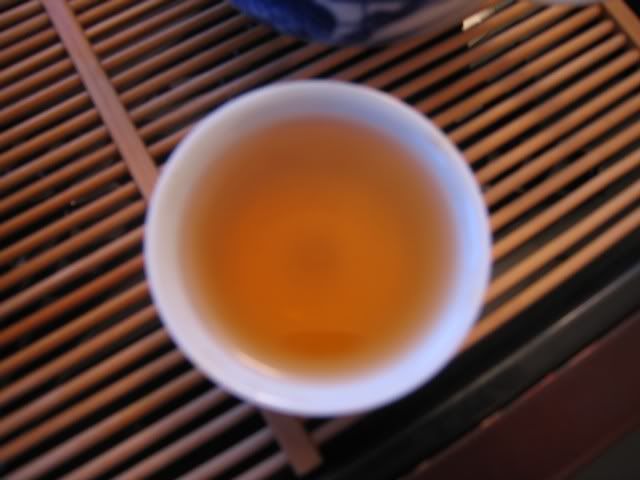


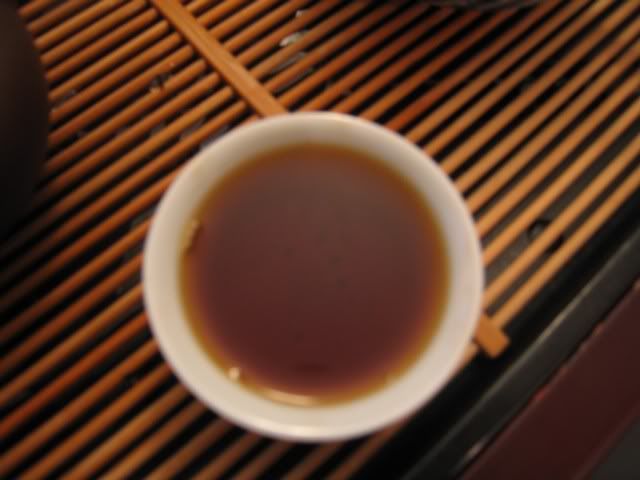

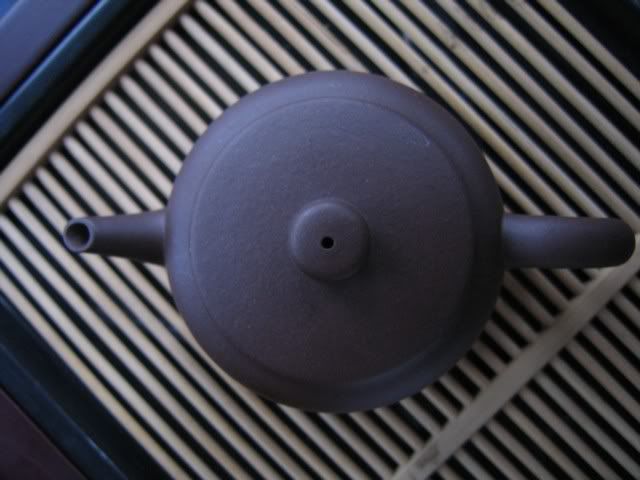
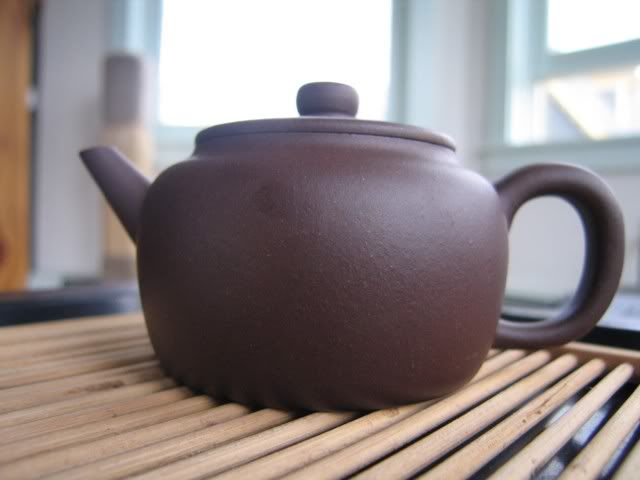
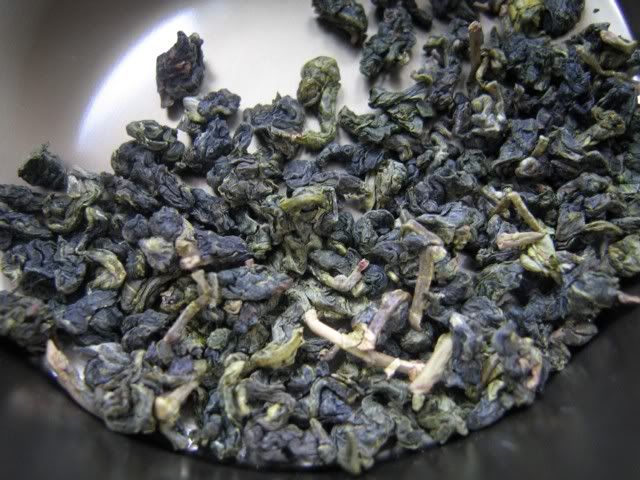

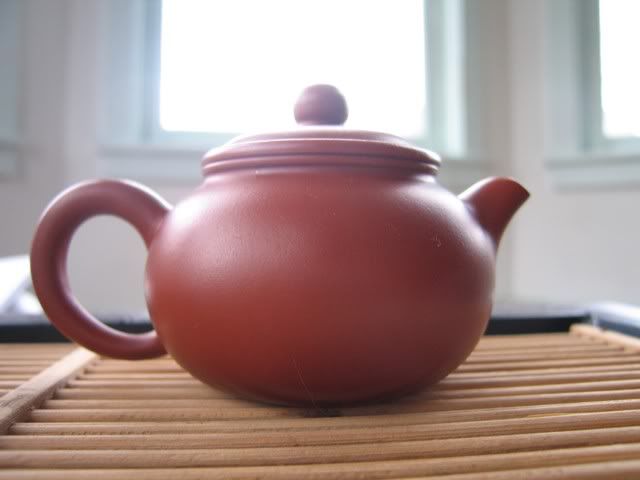
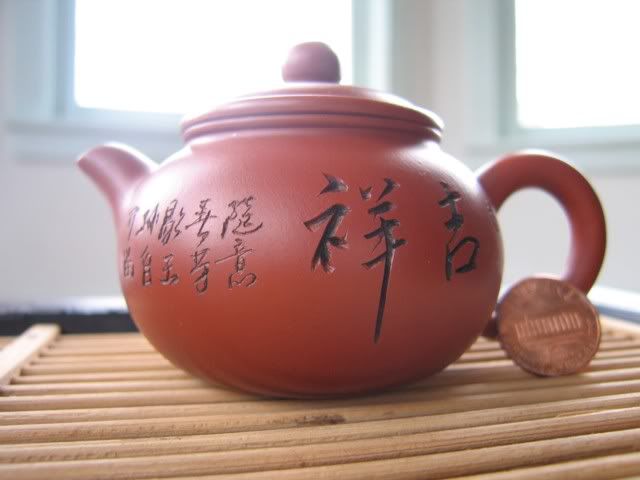
Yeah whisky prices have been leaking too, as well as luxury watches. I wrote a post maybe a decade ago…